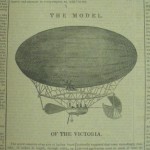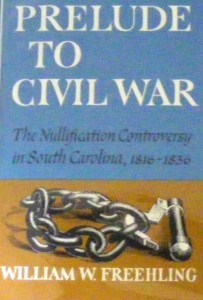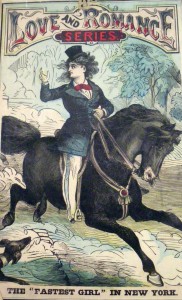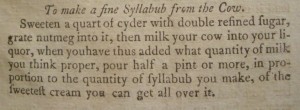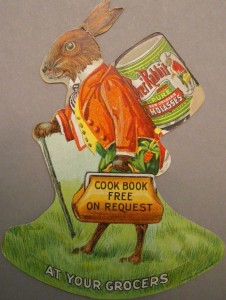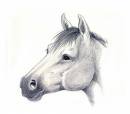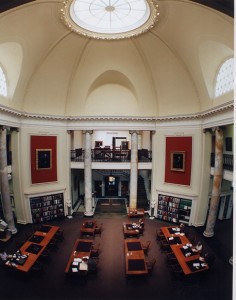
In the mid 1800s, people began appearing with eyes so clear they were nearly invisible. The ghostly faces stared straight ahead without a hint of shame in their alien faces. They haunt us still, following us from countless daguerreotypes, ambrotypes, and cartes-de-visite, warning us of a different time. A fearful era when to be photogenic ...


